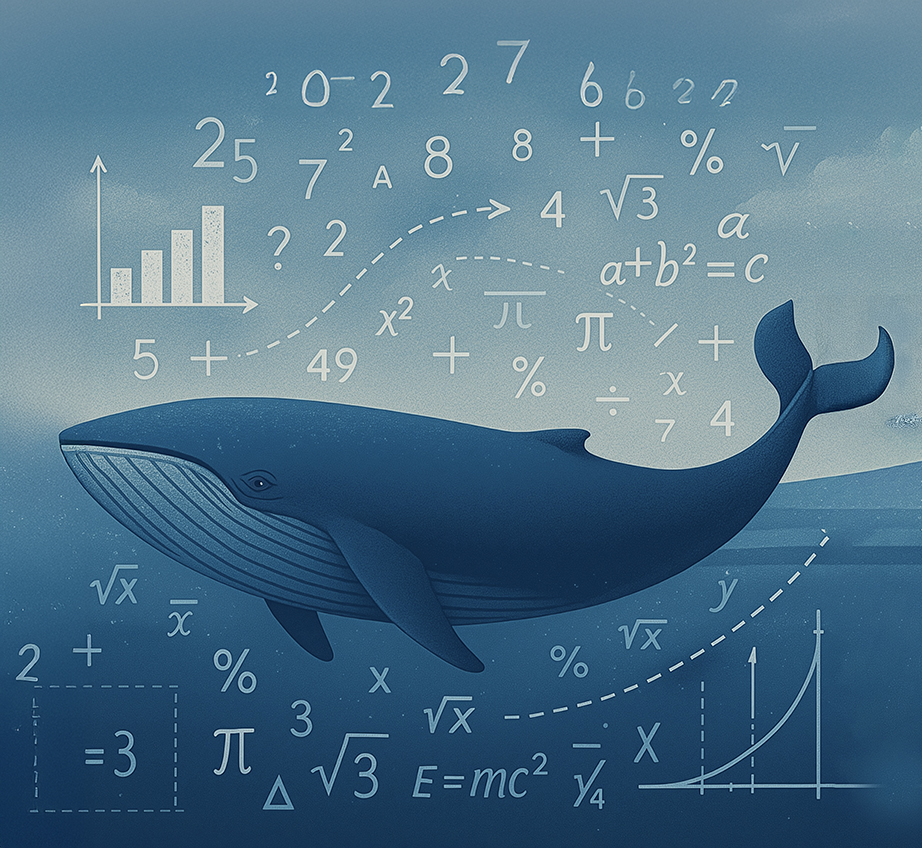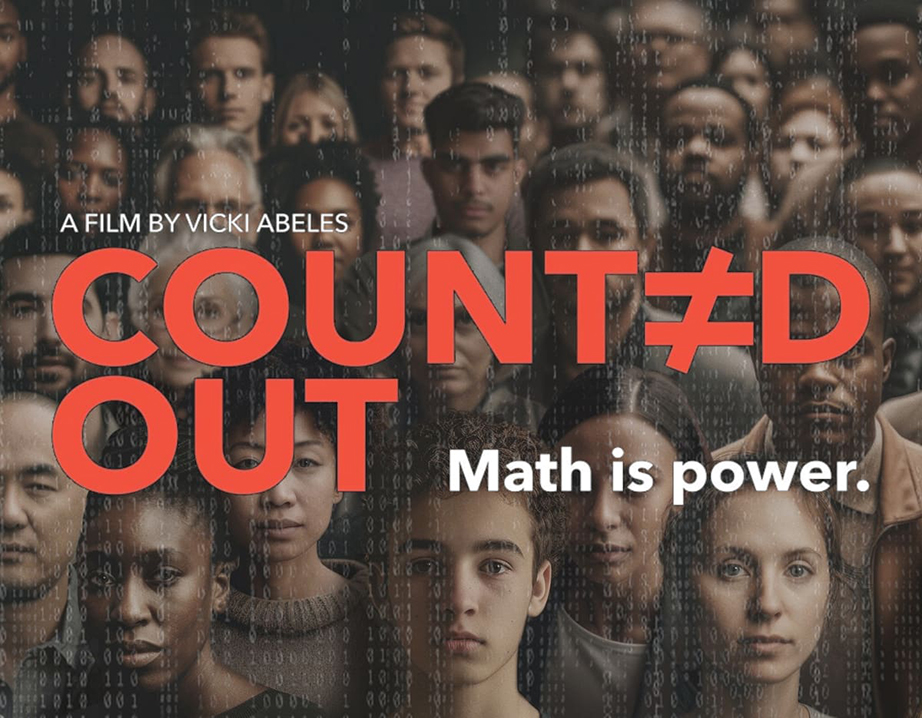Why America fails at math and how we can change it
Math is more than a subject; it is a civil right. When even the Supreme Court falters on cases rooted in mathematics, it reveals how fragile democracy can be. The documentary Counted Out brings this to life through a mother confronting her math phobia and a former prisoner who challenged an algorithm.
When Envoy asked me to write about mathematics, I reflected on years of conversations among educators that seemed to lack hope about the United States’ ability to rise above its 22nd-place ranking in school mathematics by the Organisation for Economic Co-operation and Development (OECD). I also thought about the frustration of parents over the struggles they and their children have faced with math education. I wanted to offer hope and open a window into what is possible, not just in the United States but for the world.
A recent independent documentary film, Counted Out, produced by Vicki Abeles, has been moving through the festival circuit and private screenings. In October, it will have its first theatrical run in New York with events at the Jacob Burns Film Center and the United Nations Association Film Festival.
The film shows the antiquated nature of math instruction in American schools, which bores children, turns them off to the subject, and has created a society where people are comfortable declaring, “I just can’t do math.” This is illustrated through examples of math’s presence everywhere in an increasingly data-driven, scientific, and algorithmically shaped world that requires literacy to participate fully.
One example comes from gerrymandering, which reveals how redistricting can flip the very notion of democracy by allowing political parties to choose voters instead of voters choosing candidates. In another, Mark Zuckerberg, testifying before Congress, explained: “Ninety-nine percent of the ISIS and al-Qaida content that we take down on Facebook, our AI systems flag before any human sees it.”
The film features my favorite popular math author, Eugenia Cheng, and Professor Ismar Volic of the Institute for Mathematics and Democracy at Wellesley College, along with many leaders of a movement to improve the way we teach math and evangelists of its importance.
It argues that mathematical competency is essential for participating in and understanding democracy, and that government must craft policy on technologies such as cryptocurrency, AI, and quantum computing. Yet the Supreme Court itself struggled with a gerrymandering case. Chief Justice John Roberts, in 2017, said:
“Well, if you’re the intelligent man on the street and the court issues a decision — and let’s say, OK, the Democrats win — and that person will say, ‘Why did the Democrats win?’ And the answer is going to be because EG was greater than 7 percent … And the intelligent man on the street is going to say, ‘That’s a bunch of baloney. It must be because the Supreme Court preferred the Democrats over the Republicans.”
The film also follows the quests of two individuals who used math to change their lives. Rebecca Galicia is a mother whose traumatic experience with math in school derailed her career ambitions and access to the economy. She faces her math phobia in college in the hope of charting a better future for her family. Glenn Rodriguez, a former prisoner, had his parole blocked by an unfair algorithm. He won his freedom by reverse-engineering the system to reveal its flaws and now advocates for criminal justice reform.
The filmmakers go into classrooms to show how a different way of thinking can produce results and how students can become invested and engaged. Much of the model for improved math education in schools that the film highlights is based on the work of Bob Moses, the legendary civil rights activist, architect of the Mississippi Freedom Summer, and founder of the Algebra Project. Moses considered math literacy to be “the new civil right” and spent 30 years fighting to attain it.
The conceptual shift from arithmetic to algebraic thinking is one of the biggest transitions in school mathematics, usually around middle school. It means moving from computing with numbers in concrete situations to reasoning with symbols, structures, and relationships that apply across many situations. The failure of students to make this shift is one of the greatest bottlenecks in American school mathematics education and, some say, in generational upward mobility overall.
I believe different bottlenecks exist in other countries, even those that produce great engineers. The educational models shown in this film support a kind of learning that helps students apply mathematics to new problems, find solutions to old ones, participate effectively in democracy, and develop mathematical maturity at an early age.
At the end of the film, some high school students gave board presentations that were genuine and inspiring, showing what is possible when students think outside the box.
Case in point: “How many red-bellied piranhas would it take to skeletonize a blue whale?” One student explained, “I wanted to see how many red-bellied piranhas it would take to eat all of the flesh off a blue whale. I don’t think there has been any research on that, and I wanted to do something I wouldn’t have had any resources on. So basically, my game plan going in was to find out how much the skeleton weighs, find out how much the whale weighs, subtract skeleton weight from whale weight, and find out how much food a piranha could feasibly consume in one feeding frenzy. Basically, for each cross-section, I had to do it inch by inch because there is less surface area deeper in. I wish I could have worked longer because we only had three weeks … my conclusion is that it would take about 310,000 piranhas.”
The student was later shown at his summer job at SeaWorld, saying, “I’m planning on a sort of mixed major, essentially using math and computer science to help model biological systems. It’s amazing to me that you can take a bunch of very unique individuals and make predictions about how each of those parts will interact with one another in very accurate ways.”
This presentation was one example of students transformed by new approaches to teaching, learning, and applying mathematics. A key element of these examples is that success comes from people engaging with people, not with machines.
All in all, the film Counted Out offers a clear view of the importance of mathematics in our civilization, with memorable examples, commentary from prominent thinkers, and hope for the future of math education — and therefore democracy — in America. It also shows models that are applicable to the world, especially as more young people engage with AI and become accustomed to learning from screens.
Peter Kay teaches mathematics at the City University of New York




